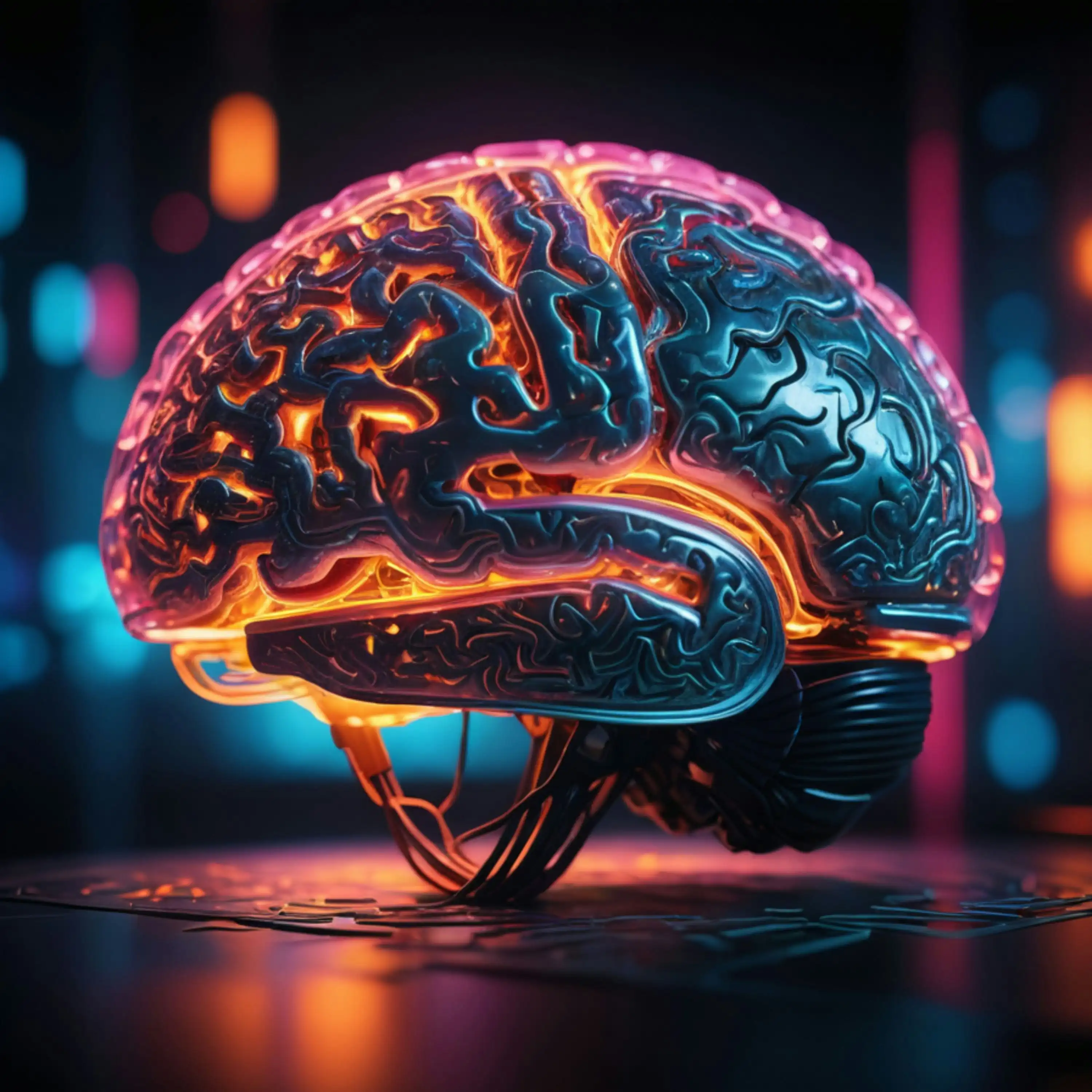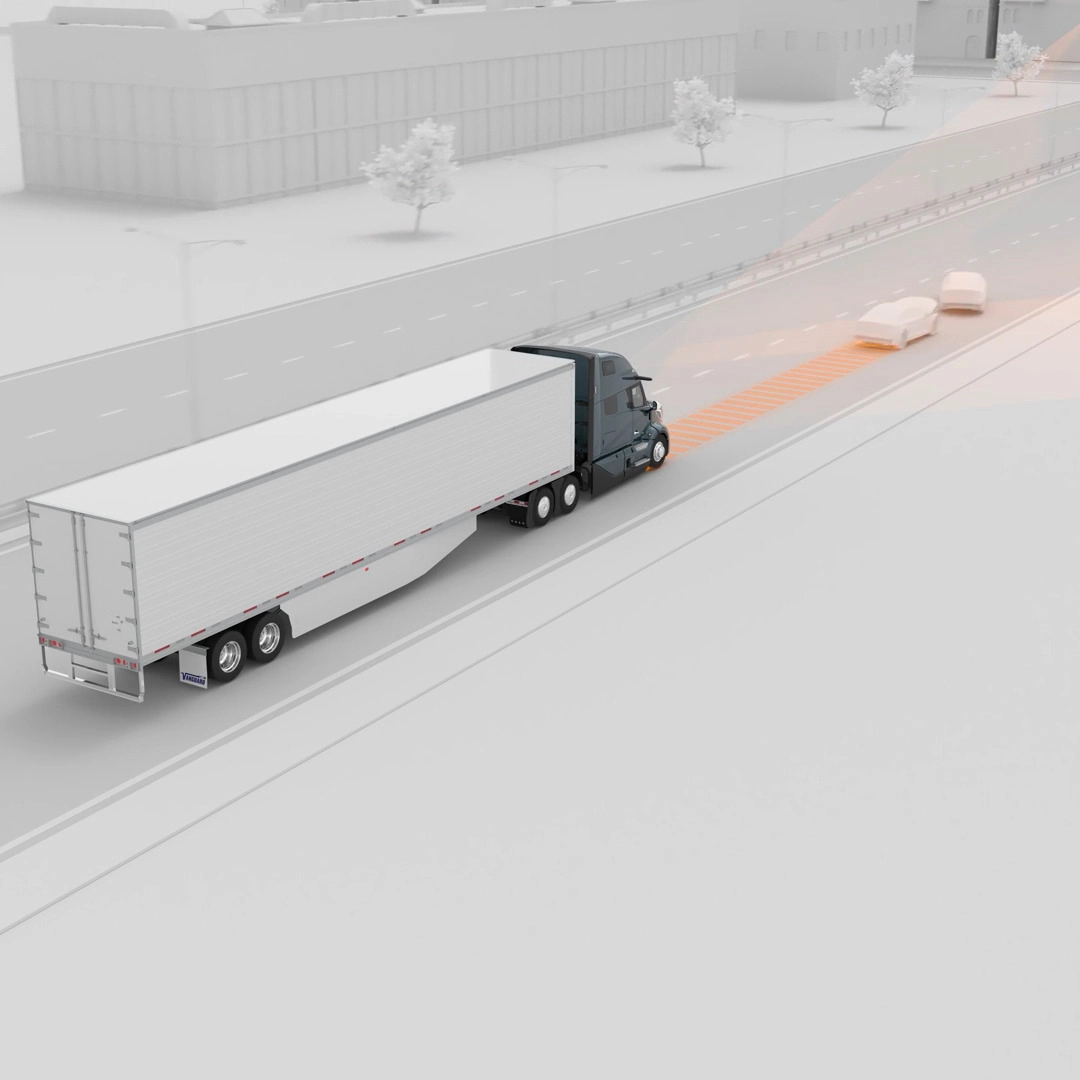Why use AI: Supervised, Unsupervised and Reinforcement Learning

If you've been keeping tabs on the growing field of artificial intelligence, you might have come across a few terms or concepts that you're unfamiliar with, how they function, and how they might be applicable to you. Here's an opportunity to explore a few of those key concepts...
Learning and AI
Is learning just accumulating information, or does it involve truly understanding the knowledge gained while capably applying it to new scenarios? Let's avoid the world of metaphysics and focus on methods of learning in AI. Unsurprisingly in a field as complicated as AI, there is no catch-all method to learning. Instead, we speak about three subdivisions of learning: supervised, unsupervised, and the lesser-known reinforcement.
Supervised learning
Supervised learning approaches require a structured input known as labelled data. This serves as a guideline for the desired output of the learning process. With image classification problems - those in which you want to identify certain categories or items within imagery - it's actually very similar to how children are taught in primary school. An image is shown to a child who makes a guess as to its content, the teacher correcting them if they're wrong. The child can then adjust before trying again in the future. Unlike most children, machine learning will often attempt this thousands if not millions of times until deemed sufficiently accurate. Typically, the more data you have, the better the results. But, if your data is biased, that bias will almost certainly propagate into your model.
As you might imagine, supervised learning can be dependent upon large sets of high quality labelled data, itself a resource intensive undertaking to build. If it's a simple classification task, the likes of the famed "hot dog not hot dog" classifier featured in the show Silicon Valley, then you might not need much data. A complex task, say identifying abnormalities in medical scan imagery where the categories you are attempting to classify have a high degree of similarity, then you'd require a larger high quality input dataset.

Post-disaster impact assessment:
After natural disasters like wildfires, floods, or hurricanes, supervised learning can help in the infrastructure and building damage triage or assessment phase by comparing pre-event to post-event imagery, assisting in effective deployment of post-disaster efforts like aid delivery and rescue.
The vast majority of machine learning is supervised as it has a quantitatively measurable output, fitting well with most problems encountered in the real world.
Unsupervised Learning
In comparison, unsupervised learning can be considered exploratory. It involves a self-learning approach where we no longer require large sets of labelled data. However, we lose some control over the learning process and guidance towards the desired output, possibly not even knowing what the desired output is. While supervised learning can be considered the default learning approach, there are cases when unsupervised learning takes precedence, especially with exploratory use-cases in mind. For example, finding structure in seemingly unstructured data through identifying common patterns or relationships in its features.
Property recommender systems:
An unsupervised recommender system can suggest areas that might yield high returns on real estate investments by taking into account previously successful investments, analysing their related economic indicators, development patterns, demographic changes, or really anything you think might impact the decision.
Reinforcement Learning
Thanks to its name, you can probably guess how reinforcement learning operates. It involves an AI agent, the environment in which the agent exists, and its goal, the latter constituting the problem to be solved. Ultimately, an agent attempts to accomplish its goal through a process of trial and error. As the agent carries out tasks, it's either rewarded for behaviours that move it closer to its goal or punished for transitioning to less beneficial states.
Self-driving cars:
Car manufacturers use reinforcement learning in game engine representations of real life environments. The AI agent, in this case the car, will be tasked with driving from A to B while obeying the rules of the road and getting there safely. If the car can reach the destination, then a secondary goal of doing it faster is then targeted. Repeat ad nauseam, and you get a self-driving car.

Agricultural optimisation:
Reinforcement learning can optimise various agricultural processes. With the efficient use of resources such as water, fertilisers, and pesticides becoming more pertinent, there's increasing focus on improving crop yields while minimising the environmental and financial impacts of farming at scale. An agent can learn from a range of environmental variables and crop responses to tailor farming practices towards the specific conditions of the environment.
Considering integrating AI?
These learning algorithms are not a catch-all solution to the problems we face. If you find the right area to apply them they can become an incredibly potent tool for that specific task, one well worth extracting value from especially in areas of business or industry that are ever more competitive.
Have you identified a use-case in your area of expertise and would like to incorporate machine learning in your workflows? Please get in touch with us or reach out on LinkedIn if you'd like to learn more.